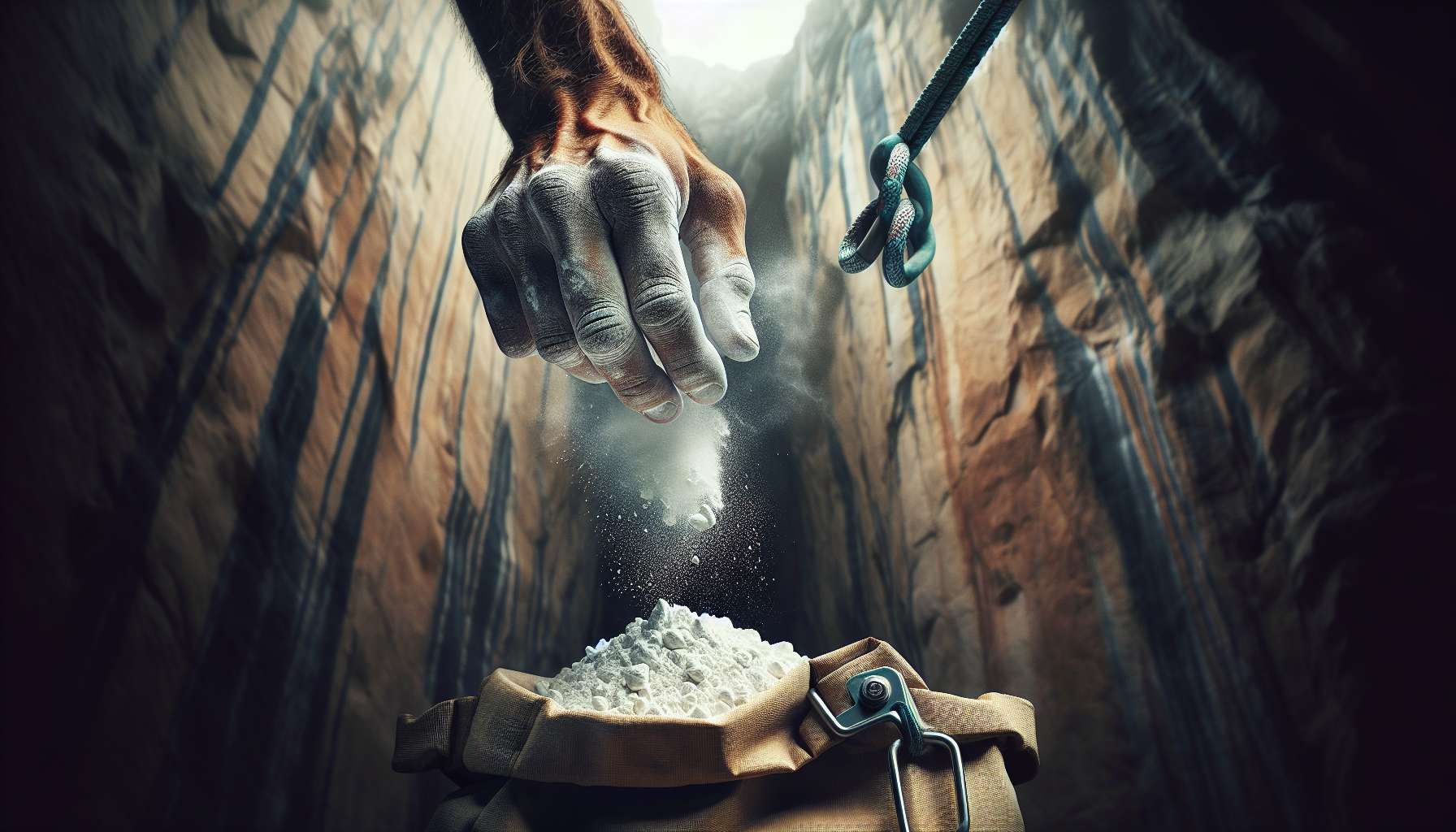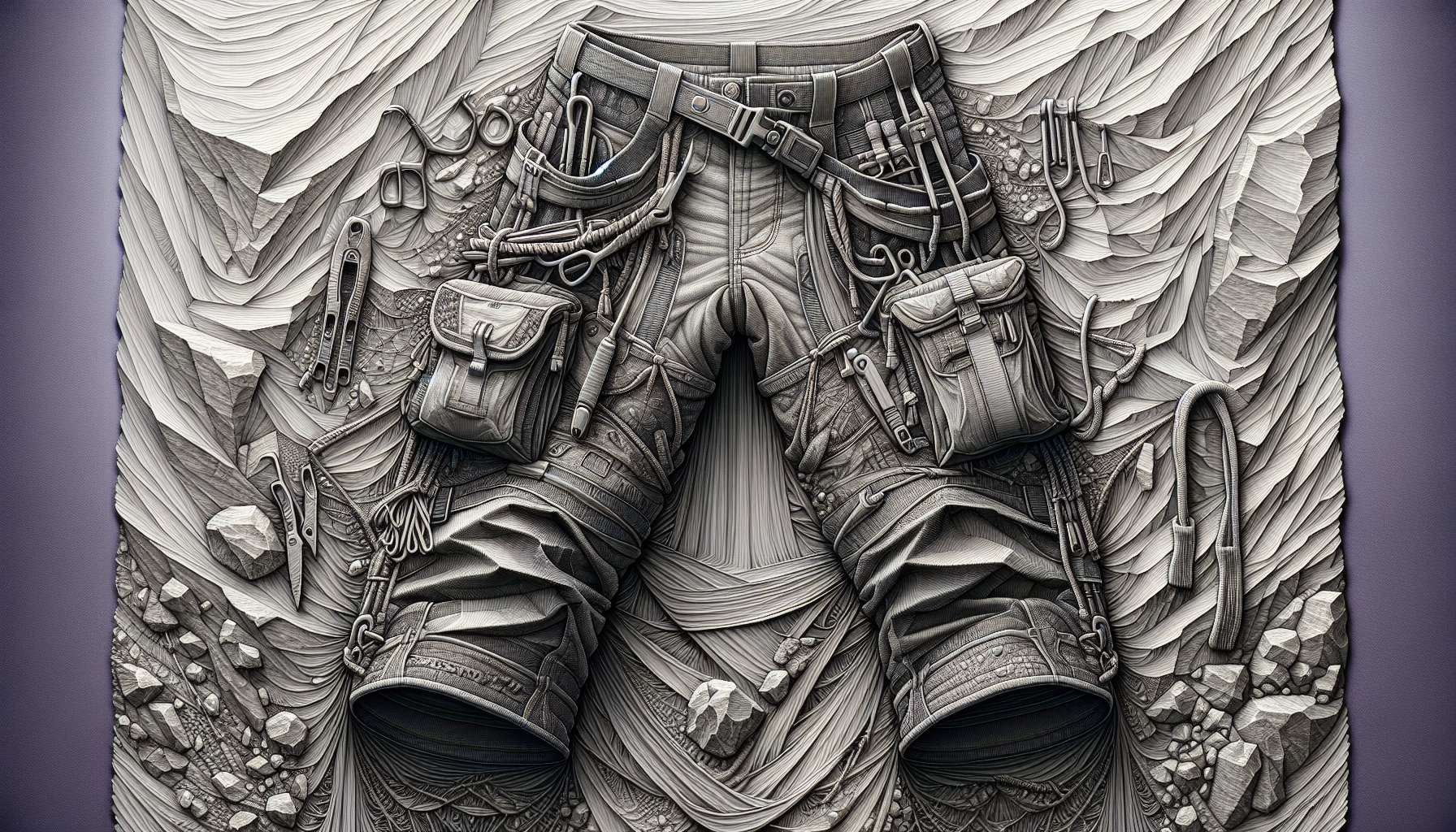Climbing Chalk: A Comprehensive Guide to Grip and Performance
When it comes to climbing, every detail matters. From the strength of your fingers to the grip of your shoes, every element contributes to your success on the rock. One often overlooked but crucial component of climbing gear is chalk. Climbing chalk may seem simple, but its impact on performance can be significant. In this comprehensive guide, we will delve into the world of climbing chalk, exploring its history, benefits, types, and more. Whether you’re a seasoned climber or a novice looking to improve your grip, this article has something for everyone.
The History of Climbing Chalk
The use of chalk in climbing dates back to the early days of the sport. While the exact origins are unclear, climbers have been using chalk to improve their grip on rocks for decades. In the early days, climbers would often use basic chalk borrowed from gymnasts or weightlifters. However, as climbing evolved into a more specialized sport, the demand for climbing-specific chalk grew.
One of the key innovations in climbing chalk was the introduction of magnesium carbonate. This fine, white powder has become the standard in climbing chalk due to its superior drying properties and ability to absorb moisture from the skin. Today, climbing chalk is an essential part of every climber’s kit, helping them maintain a strong grip on even the most challenging routes.
The Benefits of Climbing Chalk
So, why exactly do climbers use chalk? The primary benefit of climbing chalk is its ability to absorb moisture from the skin, keeping the hands dry and improving grip. When climbing, sweaty hands can be a major hindrance, causing slips and reducing overall performance. By using chalk, climbers can keep their hands dry and maintain a secure grip on the rock.
In addition to improving grip, climbing chalk can also help prevent injuries. Sweaty hands are more prone to blisters and hot spots, which can be painful and debilitating. By using chalk, climbers can reduce the risk of these injuries and keep their hands in top condition for longer climbing sessions.
Types of Climbing Chalk
There are several types of climbing chalk available on the market, each with its own unique properties and benefits. The most common types of climbing chalk include:
1. Loose Chalk
Loose chalk is the most common type of climbing chalk and is typically sold in a powdered form. Climbers can either apply loose chalk directly to their hands or use a chalk ball to distribute it more evenly. Loose chalk is lightweight and easy to carry, making it a popular choice among climbers of all levels.
2. Chalk Balls
Chalk balls are small mesh bags filled with powdered chalk. They are a convenient option for climbers who prefer a more controlled application of chalk. Chalk balls are less messy than loose chalk and can help climbers avoid over-chalking, which can be detrimental to grip.
3. Liquid Chalk
Liquid chalk is a newer development in the world of climbing chalk. It is a thick, alcohol-based solution that dries quickly on the skin, providing a long-lasting grip. Liquid chalk is popular among climbers who climb in indoor gyms or in hot, humid conditions where traditional chalk may not be as effective.
4. Block Chalk
Block chalk is a solid form of climbing chalk that is typically used by gymnasts and weightlifters. Climbers can break off chunks of block chalk and crush it into a fine powder for use on their hands. While block chalk is less common among climbers, some prefer its durability and long-lasting grip.
5. Eco-friendly Chalk
With a growing focus on sustainability, many climbers are turning to eco-friendly chalk options. These chalks are typically made from natural or recycled materials and are free from harmful additives. Eco-friendly chalks provide the same grip and performance as traditional chalks while reducing environmental impact.
Using Climbing Chalk
Using climbing chalk may seem straightforward, but there are a few tips and tricks to ensure you get the most out of your chalk. When applying chalk, be sure to thoroughly coat your hands, focusing on areas that tend to sweat the most. Avoid over-chalking, as this can create a slick surface that hinders grip.
It’s also important to store your chalk properly to prevent it from clumping or becoming ineffective. Store your chalk in a cool, dry place, away from moisture and direct sunlight. Some climbers even use chalk bags with built-in chalk brushes to keep their chalk in optimal condition.
Expert Opinions
To gain further insight into the importance of climbing chalk, we reached out to renowned climber and coach, Sarah Thompson. According to Sarah, “Climbing chalk is an essential part of every climber’s kit. It not only improves grip but also boosts confidence on challenging routes. Finding the right chalk for your hands can make a world of difference in your climbing performance.”
Common Misconceptions
One common misconception about climbing chalk is that it is only used by professional climbers. In reality, climbers of all levels can benefit from using chalk to improve their grip and performance. Whether you’re climbing indoors or outdoors, chalk can help you reach new heights in your climbing journey.
Conclusion
To wrap things up, climbing chalk is a small but mighty tool that can make a big difference in your climbing performance. By keeping your hands dry and improving grip, chalk can help you tackle even the toughest routes with confidence. Whether you prefer loose chalk, chalk balls, or liquid chalk, finding the right chalk for your hands can enhance your climbing experience and take your skills to the next level.
So, next time you hit the crag or the climbing gym, don’t forget to pack your chalk bag. Your hands will thank you, and you just might reach new heights in your climbing journey.




